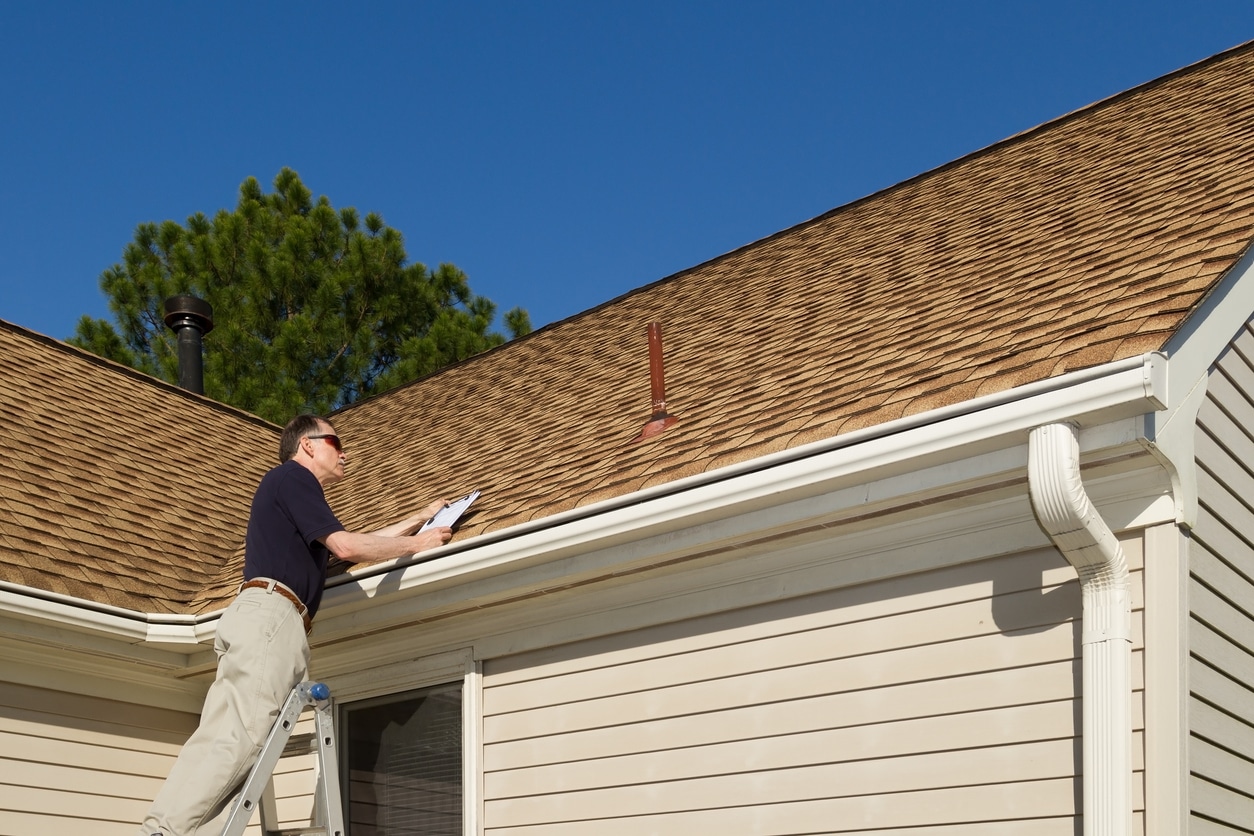In Louisiana, wind mitigation inspections have become a valuable yet underutilized resource for homeowners seeking to reduce their property insurance costs. These inspections assess key aspects of a home’s construction that can minimize damage during windstorms, leading to potential insurance discounts. As insurance rates rise, more homeowners are discovering that a small investment in these inspections can yield significant savings.
How Inspections Work and What They Cover
A wind mitigation inspection typically costs around $300 and takes about an hour. Inspectors evaluate various features, such as the type of nails used in the roof and the presence of secondary moisture barriers, to identify how well a home can withstand wind damage. The results are then submitted to insurers, who may offer discounts based on the findings. The inspection is especially beneficial for homes that don’t qualify for more extensive fortified roof programs.
The Role of Insurance Companies
Insurance companies have a crucial role in promoting these inspections as a way for homeowners to reduce their premiums. By encouraging policyholders to undertake wind mitigation inspections, insurers can help clients better understand the risks associated with their homes and the potential for savings. The process not only benefits homeowners financially but also supports the insurance industry by fostering a more resilient housing market.
Long-Term Benefits and Savings
For homeowners, the immediate benefit of a wind mitigation inspection is the potential for lower insurance costs. However, the long-term advantages include a more secure and durable home, which could lead to fewer claims and better overall insurance rates. By investing in these inspections, homeowners can save money now and contribute to a stronger, more disaster-resistant community, which may, in turn, attract more insurers back to the market.













